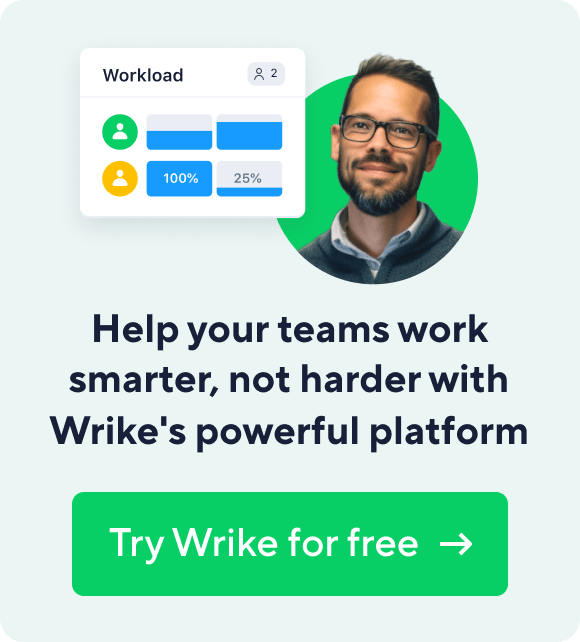Key takeaways:
- What is the lean canvas model? It’s a streamlined tool for breaking down business ideas into key assumptions, created by Ash Maurya to enhance clarity and speed in business planning.
- How does it compare to the Business Model Canvas (BMC)? While both provide a one-page overview, the lean canvas model uniquely focuses on customer problem areas and encourages iterative feedback.
- What are the main benefits of using a lean canvas? It aids in testing business ideas, confirming assumptions, facilitating communication, and serves as a living document for team updates.
- How should a lean canvas model be structured? Essential sections include Problem, Solution, Unique Value Proposition, Key Metrics, and Unfair Advantage, among others.
- When should anybody use a lean product canvas? Use it to outline new product ideas or upgrades, providing clarity and a communication tool for stakeholders.
According to the Harvard Business Review, many startups fail because they waste resources building the wrong product and neglecting customer research. This is typically the result of a lack of proper problem understanding at the start. That’s where the lean canvas model comes in.
Traditionally, business plans are long documents that take weeks (or more) to create. They provide every single detail business owners can think of about the ins and outs of their idea. Not only is this process tedious, but the result is too dense to truly understand in any actionable way.
The lean canvas model was created in response to these issues. This strategically simple tool distills the most critical factors of your business into a meaningful outline. In this guide on creating a lean canvas model, we’ll show you how to maximize its effectiveness while answering all of your most frequently asked questions about the topic.
What is a lean canvas model?
A lean canvas model is a lean project management tool that helps you deconstruct your business idea into its key assumptions. It was originally created by Ash Maurya in response to the Business Model Canvas by Alex Osterwalder.
The Business Model Canvas
The Business Model Canvas (BMC) is becoming more prevalent within large enterprises. It’s helping product managers develop compelling business cases for new products and services. And it makes sense why; the BMC is a powerful tool that helps visualize and evaluate the viability of an idea.
The BMC takes you back to a time when you were thinking about a business instead of just a product or a proposition. One of the main reasons organizations use the BMC is because it enables them to connect with their business stakeholders in a way that’s both productive and user-friendly.
The Lean Canvas Model
The lean canvas model, on the other hand, is a conceptual framework that is used to test various parts of the business model. On the lean canvas model, boxes represent key attributes or actions required to improve project management status or business process. The driving concept of the lean canvas is that it can help you identify the customer problem-focused areas of your business and develop solutions to address them.
Getting to know your unfair advantage can also help identify areas where you can improve upon. This step is unique to the lean canvas model, helping business leaders and managers develop a more robust business model overall.
Business Model vs. Lean Model
Both the BMC and the lean canvas model provide the same benefits and opportunities. That is, to represent a business model on one page.
But what makes the lean canvas model so unique is that it can serve as a tool for all of the following:
- Coming up with new ideas
- Determining viability
- Confirming or dismantling assumptions
- Encouraging feedback and conversation
- Comparing multiple ideas side by side
- Raising funds
- Communicating clearly with teams
- Offering nontechnical explanations of products and services
Could a lean canvas model help your business?
You might think that having a sea of numbers is helpful, but it can also lead to the confusion of identifying the right key macro or action steps. This single-page business model is quick and straightforward to complete. Because it is on the shorter side, it is easier to share with others. You can also combine it with an OKR (Objects and Key Results) template or any other business model summarization tool.
Another benefit is that teams companywide can treat it as a living document and update it accordingly. This is especially useful when teams are looking to cut waste wherever possible. And if you need to create a few different options, it won’t take a long time to draft and compare.
To write a successful lean canvas model, your draft needs to grab attention, cut the fat, and highlight only the most important elements of your business. Once complete, business leaders can use this document to persuade investors, give board presentations, and update teammates with ease.
Another common use for the lean canvas model is to create a visual representation of a startup business model. Entrepreneurs will then get feedback and polish their pitches using this tool as a jumping-off point.
If any of these benefits sound appealing to you, then the lean canvas model combined with a lean project management approach will help your business.
Lean canvas model example and template
To better understand the power of a lean canvas model, let’s take a close look at this lean canvas model from Google that executives presumably created 20+ years ago.
Google is the world’s most popular search engine. Everyone has heard the story of how it was started in a garage in California and that it has since grown into a multinational company that specializes in various products and services.
Google’s founders, Sergey Brin and Larry Page, were inspired by the need for a better search engine but they needed to come up with a way to translate that idea into an actionable concept. That’s when they invented the PageRank algorithm, which is now used by millions of websites globally.
Here’s an example of the lean canvas model they used to visualize their idea:
- Problem: Existing search engines produce irrelevant search results making it difficult to find high-quality answers to queries.
- Existing alternatives: AltaVista, Yahoo, Excite
- Solution: Develop a technology that would allow users to search and find relevant content.
- Key metrics: Number of search requests and percent of users who end their search on the first page.
- Unique value proposition: Faster search with better results
- High-level concept: Fast web search based on the relevancy of results
- Unfair advantage: Innovation. Google PageRank technology.
- Channels: User references. Note: This box has since become the Customer Relationships segment
- Customer segments: All web users
- Early adopters: Stanford students
- Cost structure: Hosting, development
- Revenue streams: Investment, ad revenue
Notice how they were able to capture the entire essence of Google as we know it today in only 100 words? While your lean canvas model doesn’t have to adhere to a certain word count, this example showcases just how succinct you can be.
Most answers to segments are bullet points and incomplete sentences. But they directly address the category and give the reader the need-to-know information.
Not only is this lean canvas model example easy to understand, but it’s also easy to connect the dots between where they started and where they’re going. Now, decades later, the entire world knows what Google is and what they do.
Plus, they’ve kept the promises they laid out in their original lean canvas model.
Lean canvas model segments explained
- Problem
Understand what, exactly, your product is trying to solve. Most founders start with their idea for a solution without really taking the time to understand this section. - Existing alternatives
Research what your target audience who experiences this problem currently uses to solve it. List 3-5 of the top options they currently have. - Solution
Describe what your product is and how it fixes the problem in a sentence. - Key metrics
List key performance indicators that you’ll use to determine whether or not your solution is the best. These should be simple and straightforward. They should also be attainable. - Unique value proposition
What does your solution bring to the table that the alternatives currently do not? - High-level concept
Think of this as your 8-second elevator pitch. Focus on the what and the why. - Unfair advantage
This is, quite literally, what your product is unfairly good at. Ideally, it will be something competitors cannot replicate or, if they can, their results will likely be of lower quality. Lean canvas model creator Ash Maurya wants entrepreneurs to know that this step is not meant to trip you up and it definitely shouldn’t slow down your progress on this exercise. The goal of this box is to encourage you to keep working towards finding an unfair advantage in the marketplace. It is inevitable that a startup will get caught up in the fast-moving world of competition. So don’t worry if you’re feeling uninspired. Write what makes the most sense to you now and come back to it later once you have more experience, feedback, and industry knowledge. - Customer relationships
Identify the right path to reach your ideal customers so you can guarantee you’re building a solution they actually want to use. - Customer segments
Who will use your product? Point out one or two major groups. - Early adopters
For Google, this was a group of students they had access to for direct product feedback. For you, this will be anyone outside of your organization who will first have access to your solution. - Cost structure
Outline your top biggest expenses besides the obvious general office supplies. If you need to cut costs later, you can keep these core elements and decrease the rest. - Revenue streams
How will your product make money? List one to three ways you can prove that the product will create opportunities for revenue growth.
What is a lean product canvas, and when should you use one?
A lean product canvas is the same as a lean canvas model, except that it focuses on a product rather than a service or way of running your business. You should use a lean product canvas whenever you need to illustrate your idea for a new product, a product upgrade, or a third-party product collaboration. In other words, if you need a tool to communicate your business idea to anyone, this is a great option.
Do I need a business model canvas?
The business model canvas is a simple formula that will help improve the focus and clarity of your business. If you’ve ever found yourself in need of sharing a new business venture idea, working out the details for an existing one, or pitching for funding, then this is the tool for you.
Not only is it free and simple to use, but it’s also highly accessible. Wrike has created a lean model canvas template you can take advantage of when you begin your two-week free trial. Streamline your business model, get better quality feedback, and raise seed funding through a lean canvas model you make with Wrike.





